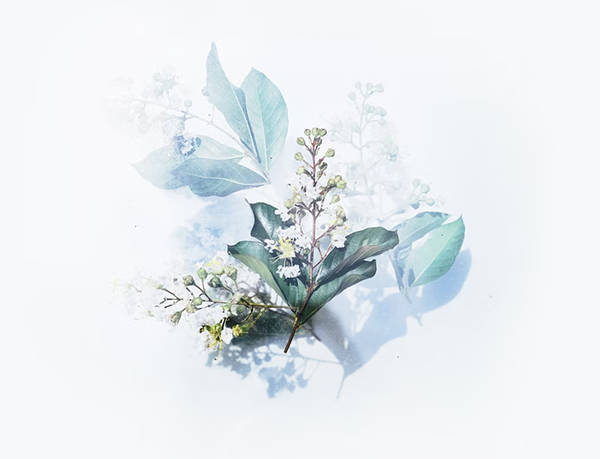Watercolor art has always been a preferred medium of visual expression for professional and casual artists alike, and it’s not hard to see why. After all, not only does it require no more than a few tools, but the material also holds potential for so many different and creative possibilities. However, much like any other method or approach, it still requires a fair bit of knowledge to get right.
Whether you got into the medium to create pieces of art or relieve stress, we’ll cover some essential watercolor techniques you need to know to create pieces that display the very best attributes of this medium. Continue reading if you want to learn more.
- Flat wash
When it comes to watercolor paintings, the technique that makes up most of the medium is the flat wash. As its name suggests, it refers to the process of dipping the brush in both paint and water before spreading it out on the intended surface. The thing you need to remember is that the color must look even. The flat wash must appear as one solid hue, or it won’t look right.
- Wet-on-dry
Another basic but fundamental technique in watercolor art is called the wet-and-dry approach. Painting washes do this on paper or canvas. Once it has dried up, paint is then applied over it. Since a critical attribute of watercolor is its transparency, there’s a good chance that you’ll see the layer at the bottom behind the stroke.
- Graded wash
The graded wash technique is known for shading transitions, from lighter hues to darker ones. To do this, begin with painting dark—load up the brush with pigment—dragging it over the surface. On your next pass, be sure your brush has less tint when swiping it across the first line, so it overlaps slightly with it. You’ll be able to converge both and make it so they look like a single stroke. Next, rinse and repeat the process with pigment reduction until you get the tonal range you want.
- Wet-on-wet
There aren’t many approaches that showcase the best facets of watercolor other than the wet-on-wet technique, as it can create ethereal and elegant washes and is an excellent way to improve your artistic skills. Producing this is pretty simple too. You need to wet the surface you plan to paint on with a bit of pigment or water. Then, dip the brush on the desired color before lightly dotting the moist areas and feathering the pigment.
- Dry brush
Dry brush is as the technique sounds; take a brush that’s dry, then dip it on the paint. Next, spread it all over a dry surface, be it on paper or canvas. You’ll come up with highly textured markings that can be used for painting hair or fur.
Conclusion
No matter the reason you’re starting art, watercolor painting is an excellent way to express your creativity. And with the abovementioned techniques, you’ll surely be able to create pieces that will impress.
Photo Attribution:
1st and featured image from https://unsplash.com/photos/MicqqGyDQ6w
2nd image from https://unsplash.com/photos/kqJfP-lrl-8

